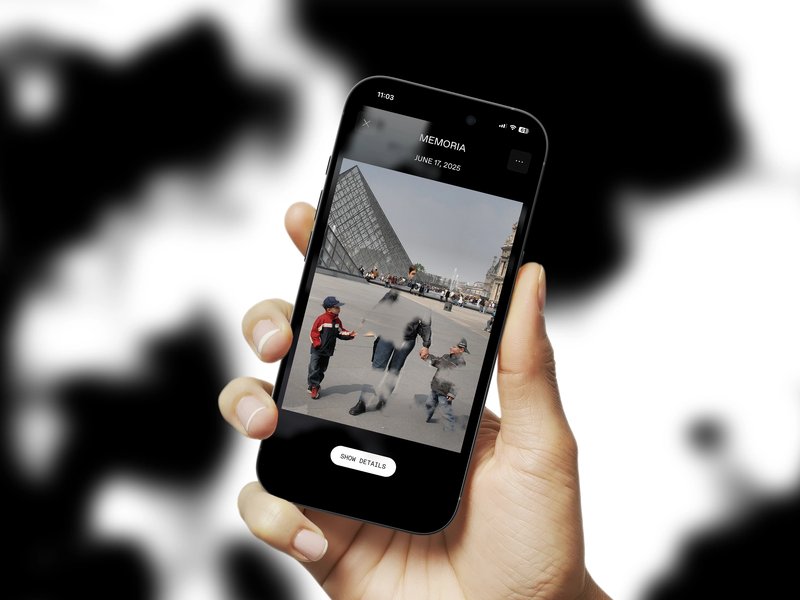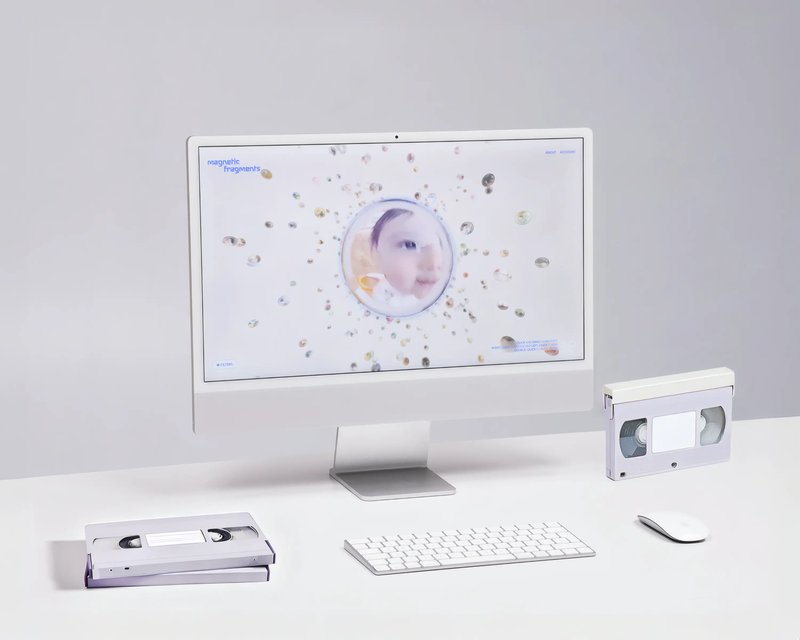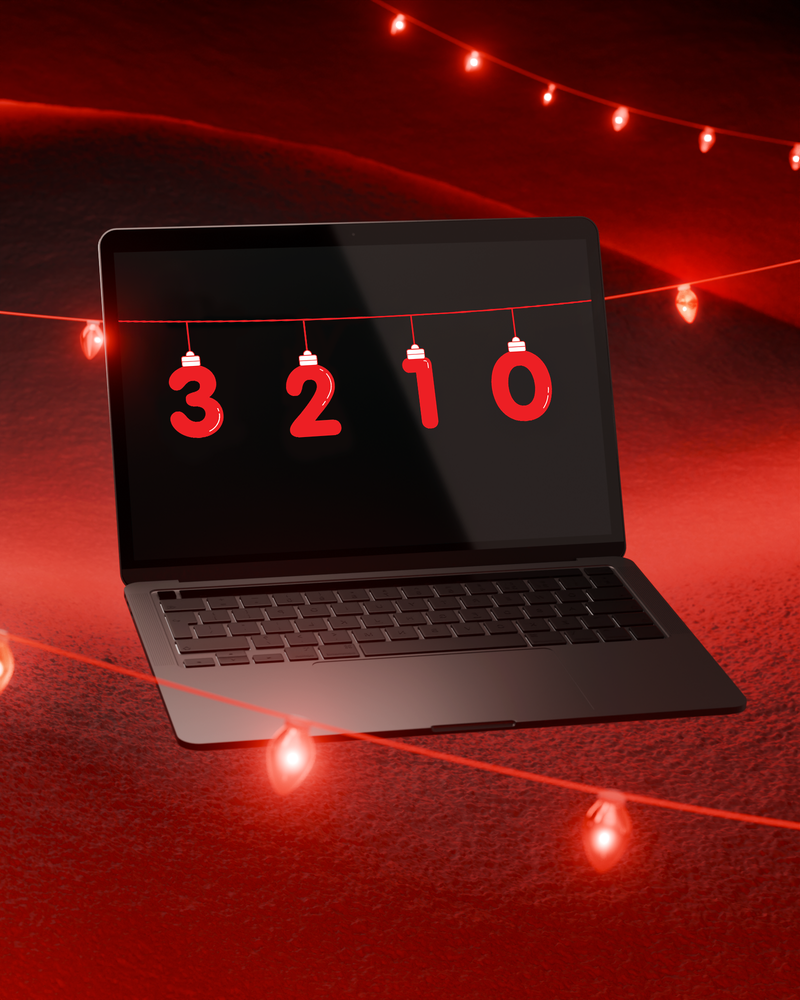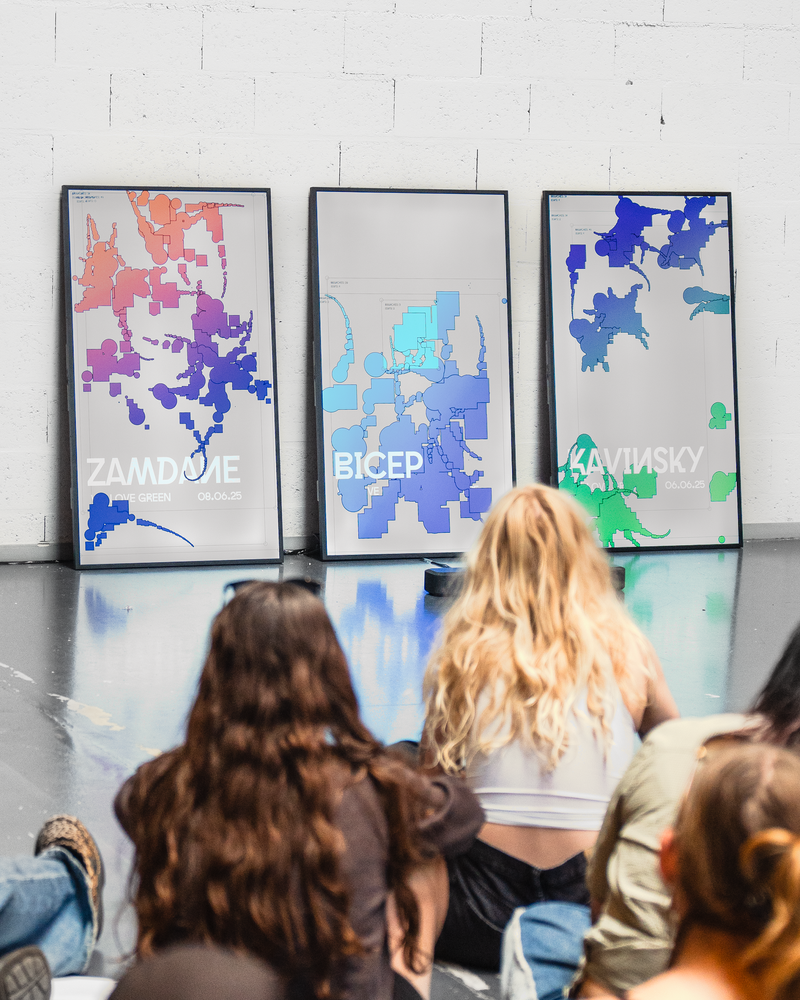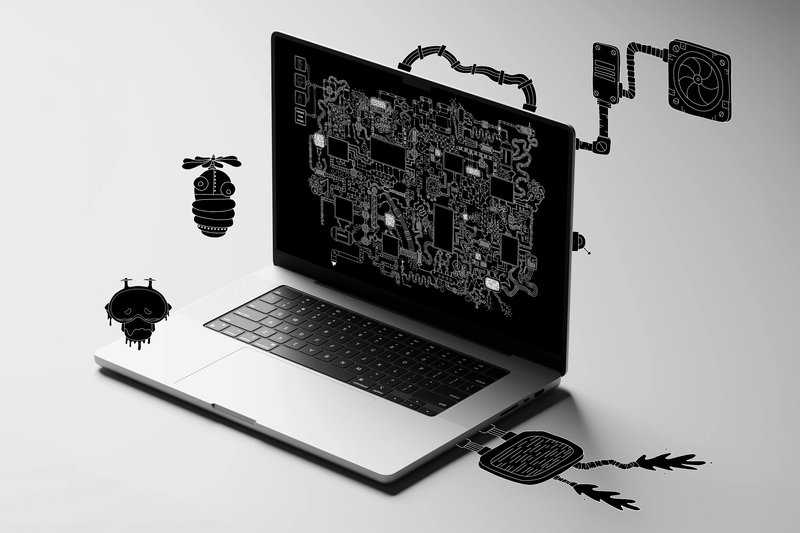
BA MEDIA & INTERACTION DESIGN
Olivia Capol – How Do They Know ?
with Pauline Saglio, Christophe Guignard, Alain Bellet, Lara Défayes, Laura Nieder, Gaël Hugo
We all use ChatGPT. But why? Perhaps because it seems to have an answer to everything. How Do They Know ? is an interactive experience that invites us to follow the path of each question we ask an AI, from the moment it enters the system until a truth is delivered to us. Three guides are available to take us to the heart of language model mechanisms. Their points of view, sometimes opposing, intersect and contradict each other. What if the way algorithms respond to us influences what we believe? Behind each exchange lies our relationship to human knowledge, what we expect from machines, what they learn from us, and what we decide to believe.

